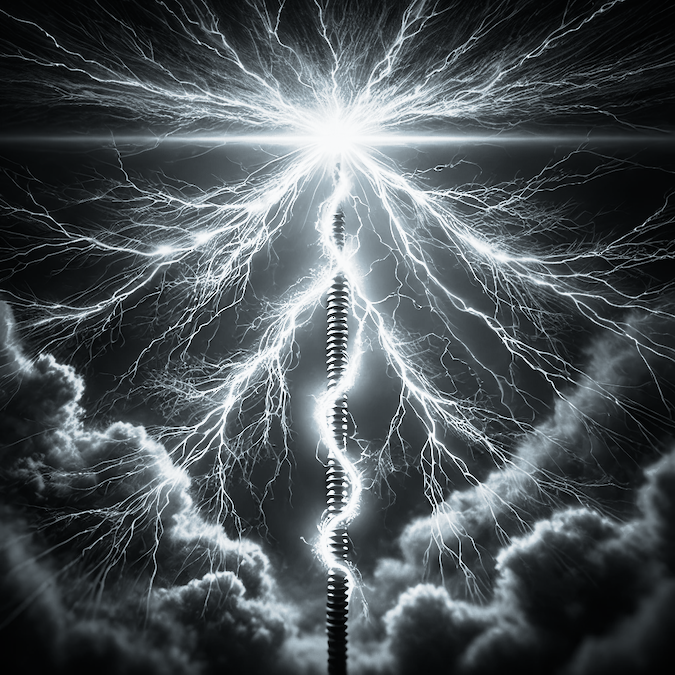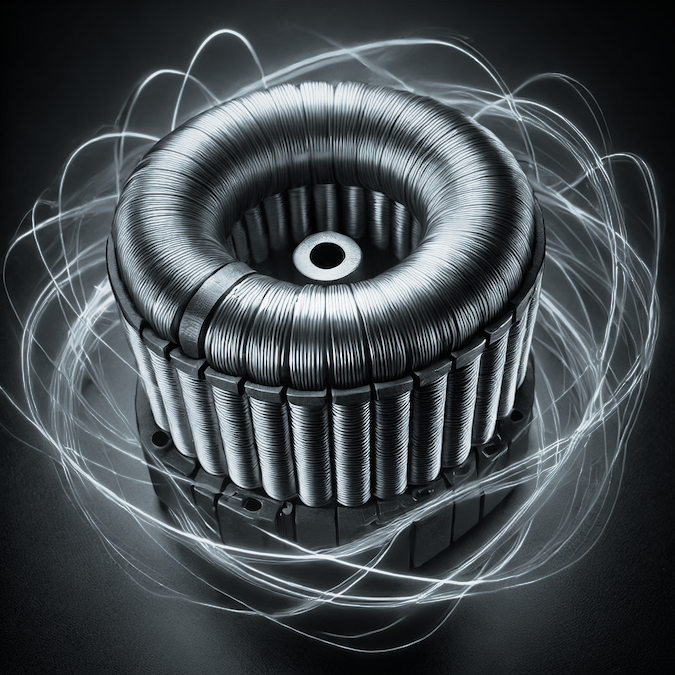
Magnetostatics: Steady Currents and Magnetic Fields
Magnetostatics is the study of magnetic fields in systems where currents are steady (unchanging in time) and charges are not accelerating. Just as electrostatics examines static electric charges, magnetostatics focuses on constant currents and the magnetic fields they produce.
Biot-Savart Law
The Biot-Savart Law provides a fundamental relationship for calculating the magnetic field $(\mathbf{B})$ from a steady current $(I)$:
$$ d\mathbf{B} = \frac{\mu_0}{4\pi} \frac{I , d\mathbf{l} \times \hat{\mathbf{r}}}{r^2} $$
- Key takeaway: A current-carrying wire produces a magnetic field that circulates around the wire.
Ampère’s Law (Magnetostatics Version)
Ampère’s Law (without Maxwell’s displacement current term) in integral form is:
$$ \oint \mathbf{B} \cdot d\mathbf{l} = \mu_0 I_{\text{enc}} $$
- Interpretation: The circulation of the magnetic field around a closed loop is proportional to the steady current enclosed by that loop.
Magnetic Fields Around Common Geometries
-
Long Straight Conductor:
$$ [ B = \frac{\mu_0 I}{2 \pi r} ] $$ Direction: Circles around the wire (use the right-hand rule). -
Solenoid:
Inside a long solenoid of $(n)$ turns per unit length: $$ [ B \approx \mu_0 n I ] $$ Key insight: The field inside is uniform and along the solenoid’s axis. -
Toroid:
A circular ring with windings carrying current produces a magnetic field confined largely inside the donut shape.
Magnetic Dipoles
- Permanent Magnets: Can be modeled as magnetic dipoles with a north and south pole.
- Current Loops: A loop of current also behaves like a magnetic dipole, characterized by a magnetic moment $(\mathbf{m} = I \mathbf{A})$, where $(\mathbf{A})$ is the area vector.
Note: Unlike electric charges, isolated magnetic poles (monopoles) have never been observed experimentally. Magnetic field lines form closed loops.
Permeability and Materials
- Free space has permeability $(\mu_0)$.
- Magnetic materials (like iron) can greatly enhance magnetic fields; their relative permeability $(\mu_r)$ can be very large.
- Diamagnetic, paramagnetic, ferromagnetic: The three broad categories describing how materials respond to magnetic fields.
Practical Implications
- Motors and Generators: Steady currents in coils produce magnetic fields that interact with other magnetic fields, enabling mechanical rotation or electricity generation.
- Inductors: Circuits use coils (inductors) to store energy in magnetic fields.
- Magnetic Storage: Hard drives and other storage devices rely on magnetization of materials.
Conclusion
Magnetostatics addresses the behavior of magnetic fields under steady currents. By understanding the Biot-Savart Law and Ampère’s Law, we gain insights into how magnetic fields are generated and shaped. These concepts form the backbone for exploring the more dynamic aspects of electromagnetism where currents and fields vary with time—ultimately leading us toward electromagnetic waves and advanced technologies.


